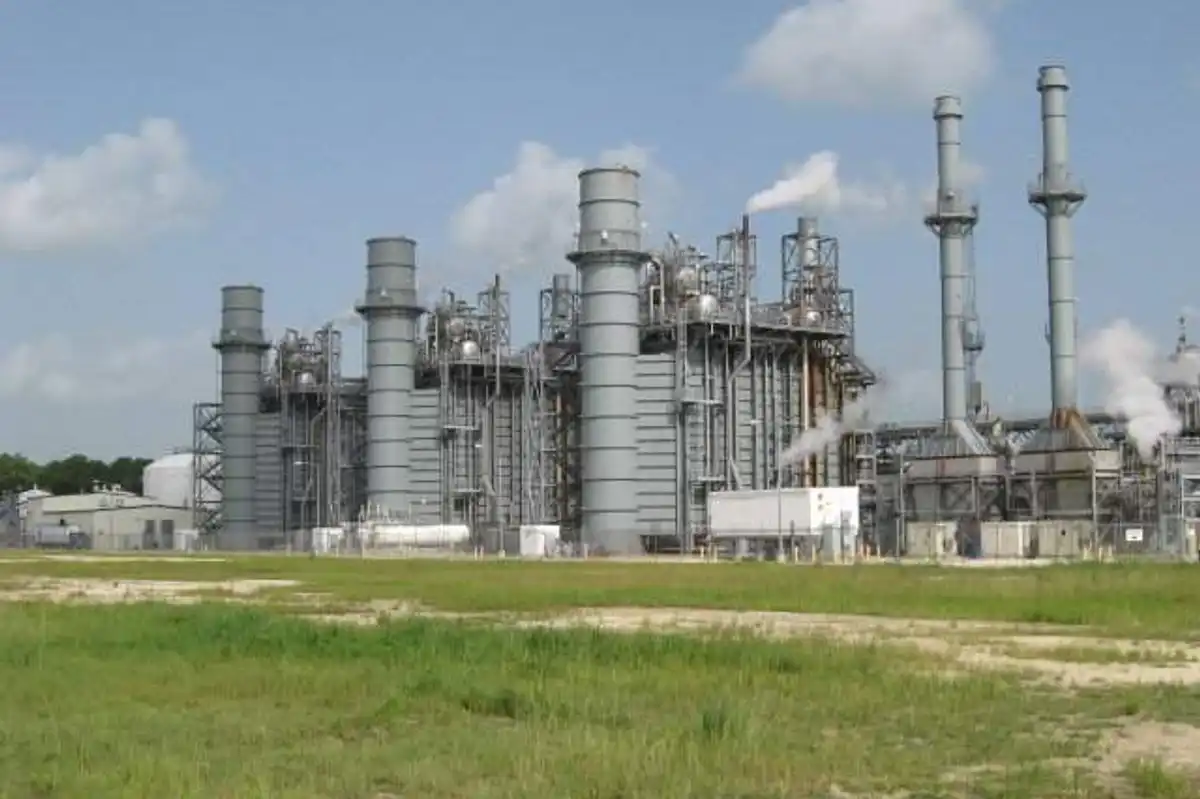Houston and Boston climate tech incubator Greentown Labs has named Georgina Campbell Flatter as the organization’s incoming CEO.
Flatter will transition to Greentown from her role as co-founder and executive director of TomorrowNow.org, a global nonprofit that studies and connects next-generation weather and climate technologies with communities most affected by climate change.
“We are at a transformational moment in the energy transition, with an unprecedented opportunity to drive solutions in energy production, sustainability, and climate resilience,” Flatter said in a news release. “Greentown Labs is, and has always been, a home for entrepreneurs and a powerhouse of collaboration and innovation.”
Previously, Flatter worked to launch TomorrowNow out of tomorrow.io, a Boston-based AI-powered weather intelligence and satellite technology company. The organization secured millions in climate philanthropy from partners, including the Gates Foundation, which helped deliver cutting-edge climate solutions to millions of African farmers weekly.
Flatter also spent 10 years at the Massachusetts Institute of Technology (MIT), where she was a senior lecturer and led global initiatives at the intersection of technology and social impact. Her research work includes time at Langer Lab and Sun Catalytix, an MIT – ARPA-E-funded spin-out that focused on energy storage solutions inspired by natural photosynthesis. Flatter is also an Acumen Rockefeller Global Food Systems Fellow and was closely involved with Greentown Labs when it was founded in Boston in 2011, according to the release.
“It’s rare to find an individual who has impressive climate and energy expertise along with nonprofit and entrepreneurial leadership—we’re fortunate Georgie brings all of this and more to Greentown Labs,” Bobby Tudor, Greentown Labs Board Chair and Chairman of the Houston Energy Transition Initiative, said in a news release.
Flatter will collaborate with Kevin Dutt, Greentown’s Interim CEO, and also continue to serve on Greentown’s Board of Directors, which was recently announced in December and contributed to a successful $4 million funding round. She’s also slated to speak at CERAWeek next month.
“In this next chapter, I’m excited to build on our entrepreneurial roots and the strength of our ever-growing communities in Boston and Houston,” Flatter added in a news release. “Together, we will unite entrepreneurs, partners, and resources to tackle frontier challenges and scale breakthrough technologies.”
Greentown also named Naheed Malik its new chief financial officer last month. The announcements come after Greentown’s former CEO and president, Kevin Knobloch, announced that he would step down in July 2024 after less than a year in the role.
- Climatetech funding: New York investment firm to donate part of proceeds to Greentown Labs ›
- 9 carbontech startups named to Greentown Labs accelerator program ›
- Houston climatech incubator names new CFO ›
- Greentown Labs names interim leader as hunt for CEO continues ›
- Greentown Labs names ACCEL 2025 cohort for BIPOC climatetech startups - Energy Capital ›
- Greentown Labs announces Q1 2025 climatetech startup members - Energy Capital ›
- Greentown Labs names Lawson Gow as new Head of Houston - Energy Capital ›
- What to expect from the 2025 Greentown Labs' Climatetech Summit Houston - Energy Capital ›











